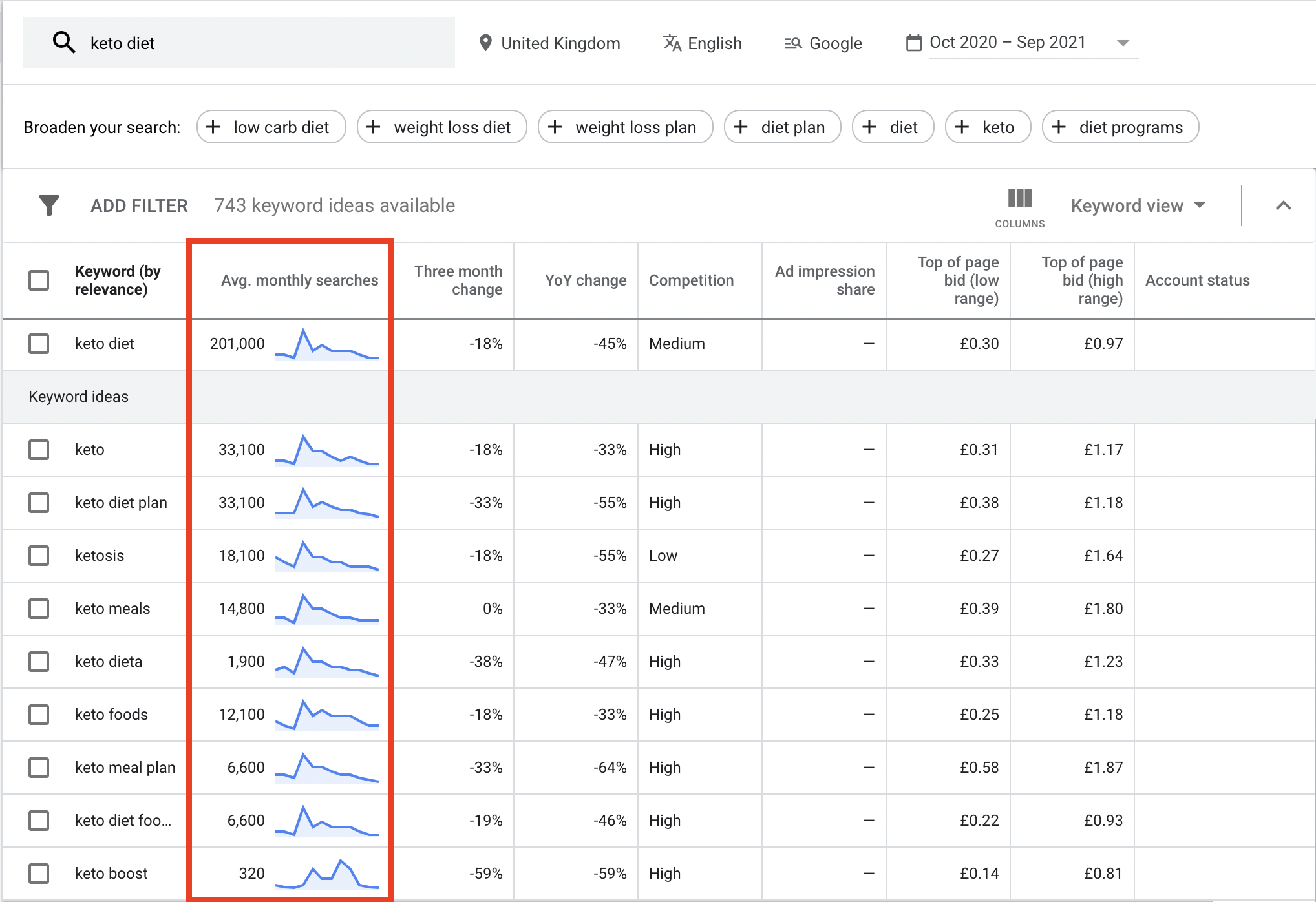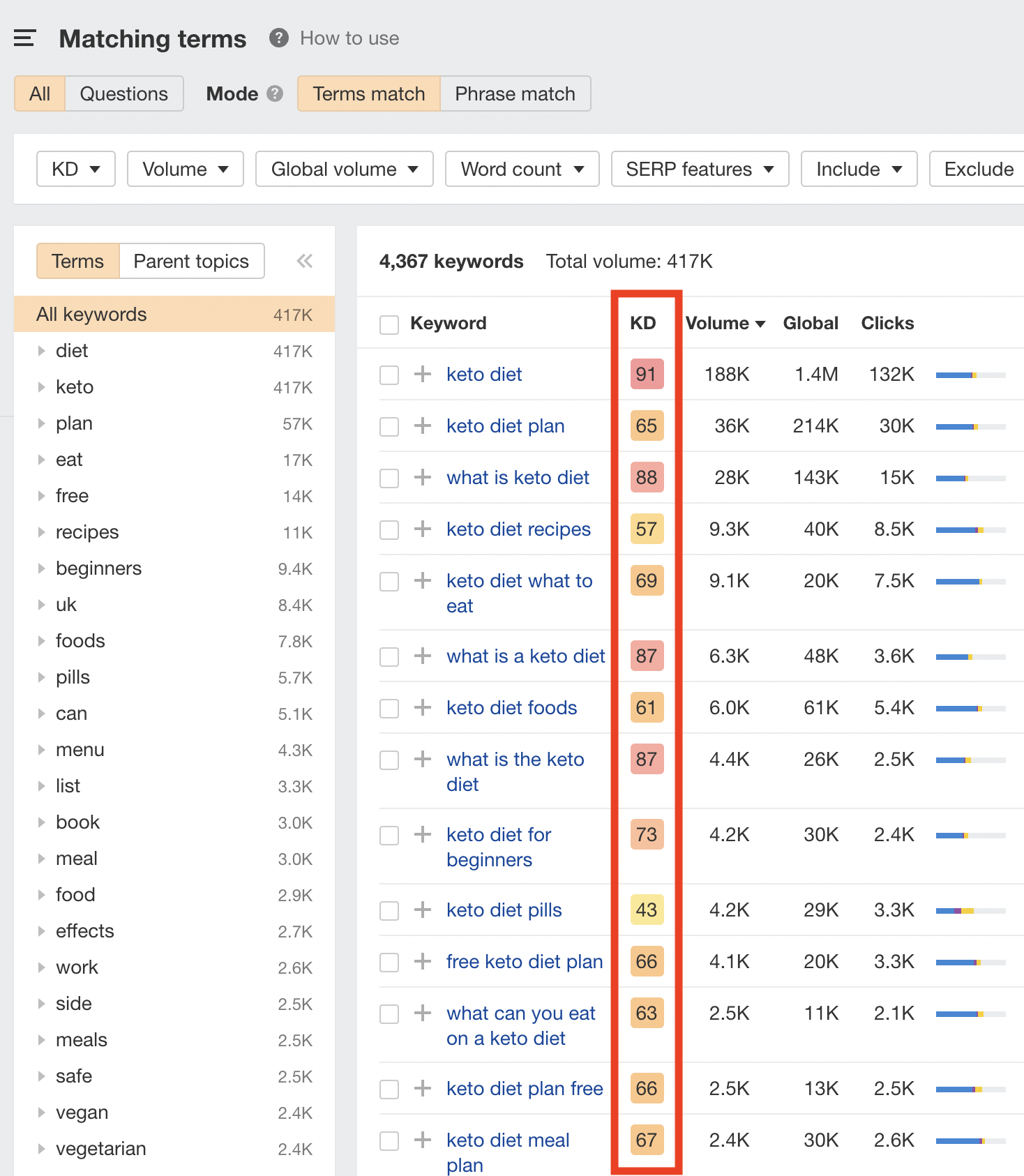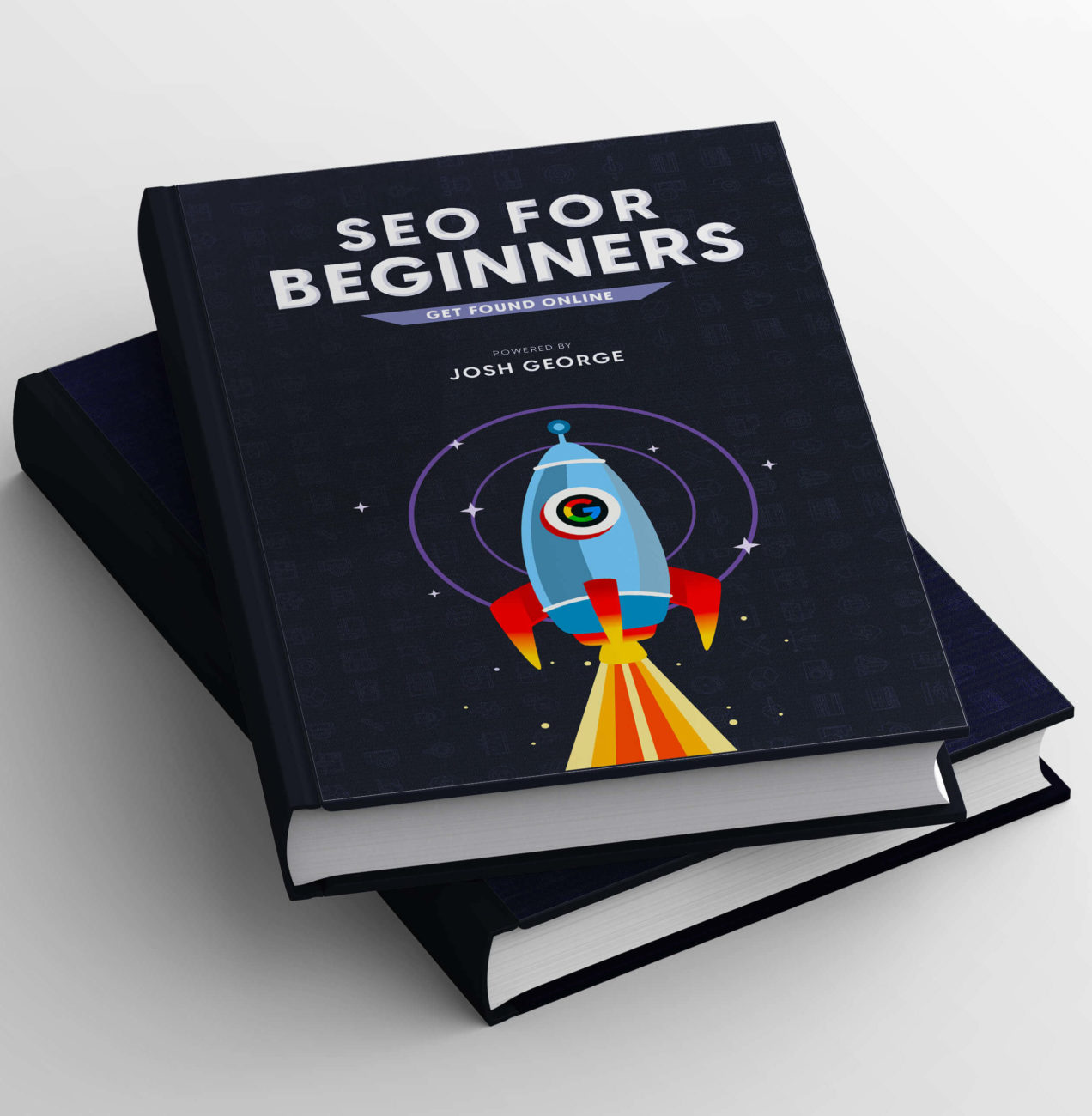As a content creator, you want to balance what search engines like Google and your target audience want.
It’s possible to have a blog post ranking on Google that none of your readers find neither interesting nor useful. At the same time, you can provide as much value to your audience with your content, but nobody will be able to find it because it’s not ranking on Google for its search queries.
Therefore, by walking the fine line between search engines and your audience, you can attract more website visitors and compel them enough to perform your desired action.
In this post, you will learn how to write a great blog post that observes the best search engine optimization (SEO) practices and keeps your readers interested until the end.
Conduct Keyword Research
The kind of keyword or search query you will optimize for your content separates a good blog post from a great one.
Keyword research is a critical part of your SEO content creation if you want your blog posts to appear on top of search engine results pages (SERPs). More importantly, you want to rank for search queries that many people search for in your niche.
For starters, type in your topic on Google Keyword Planner. It will suggest related keywords that could be used as blog post ideas. Here, you will see the search volume range or number of searches that the query receives in a month.

Ideally, you want to optimize for keywords with the most searches. But it’s not that simple —you also have to consider the difficulty of ranking on top of SERPs for your focus keyword.
In this case, you want to use premium keyword research tools like Ahrefs to find each search query’s keyword difficulty (KD). It collects data from search results and analyzes the ranking factors of each page.

The lower the KD score, the fewer the pages that are optimized for the keyword. As a result, it’s easier for your blog post to rank for this query.
Brainstorm for a Click-Worthy Headline
Even if your page appears on top of SERPs, there is no guarantee people will click on your page to visit it. You have to give users a reason why they should click on your page instead of the others.
One thing that will help your blog post rise from the pack is by writing a great headline. What and how you will be writing headlines on your blog posts will decide whether users will click on your page or not.
For starters, use power words as much as possible. These are persuasive and descriptive words that trigger a specific emotion in people. By using the correct power words in your blog post title, you appeal to their minds and hearts at the same time, compelling them to click on your page on Google search.
Another factor you must consider in your headline is the benefit.
Again, we go back to why users should click on your post—what will they learn after reading your whole post? By answering that question on your headline, you already have users eating by the palm of your hand!
At the same time, you don’t want to deliver on the promise of your headline. If your page title says “10 Effective Ways to Lose Weight Without Exercising,” your post should contain ten tips that are guaranteed to work. Anything less than that would disappoint the readers.
Finally, you want to include your keyword in your titles: the SEO title (the one that appears on SERPs) and the H1 title (which shows on the page).
These are critical on-page SEO factors that search engines look into when deciding which pages to rank for which keyword.
Write a Killer Introduction
Upon clicking on your page, you must sustain their interest in your page by crafting a compelling introduction.
You must inject personality and flavor in your intros instead of blandly presenting your post to readers to go straight to the article.
There are two frameworks you can use when brainstorming for blog post introductions. The first is the PAS framework, a copywriting technique that stands for:
- Pain – Identify and define the problem of readers.
- Agitation – Get specific regarding their problem. Cite or illustrate examples by putting yourself in their shoes to prove a point.
- Solution – Mention that they can solve their problems after reading your post.
Another blog introduction framework you can use is the APP method. Popularized by Brian Dean, it is another copywriting tactic that aims to prevent readers from bouncing away from your site. APP stands for:
- Agree – State a fact about a problem that readers will agree with you about a topic.
- Promise – Provide them with results on how you were able to overcome the same problem.
- Preview – Give readers an idea of what will be discussed in the post regarding the solution to their problem.
Both frameworks allow you to empathize with readers regarding their problems and present your blog post as the solution. From here, you should have your readers’ attention hook, line, and sinker!
Insert Visuals
You don’t want to write a blog post that is just a block of text. This is the most effective way to bore your readers and force them out of your blog.
To allow your readers and blog posts to breathe, find visual content like images and videos that you can include in the content. These could also help explain complex concepts and ideas much easier.
The easiest way to do this is by using relevant images from stock photo sites in the content or as a featured image.
However, the issue with stock photos is the lack of personality of most images. Also, there’s a good chance your competitors have used them in their blog posts as well. As a result, you lose some of the uniqueness and luster that would have helped your article stand out.
A way around this is by customizing these images using an image editing tool like Canva. Add different elements to the photo to make it your own using Canva’s easy-to-use drag-and-drop editor.

Aside from images, you can embed videos from YouTube, especially those that you created yourself. These can help increase retention rates on your blog if they watch the video on the post.
Include Links
Search spiders can crawl and index webpages thanks to links.
You should include two types of links in your blog post: internal (links pointing to pages in your blog) and external (links pointing to pages from other sites) links.
Ideally, you want to include as many relevant internal links as possible in your blog post. This helps facilitate the flow of link juice (formerly known as PageRank) or website authority equally across the different pages on your site.

Image source: Ahrefs
At the same time, after you hit publish on your article, link to other posts in your blog. The more posts you’ll link to it, the faster search spiders will be able to find and rank it on search results.
On the other hand, limit the number of external links you’ll include in your own blog content. Unlike internal links, external links allow link juice to escape your site, thus diluting some of your site’s authority.
Nonetheless, you shouldn’t avoid linking away from your blog. If there’s a good resource from a different site that you should share with your readers on your post, you should do it.
Finish off with a Compelling Call to Action
The key to writing the perfect post is mobilizing readers to take a particular action. And regardless of the type of blog posts you publish, you must ensure that they all have a call to action (CTA) that appears at the end of each.
However, your CTA depends on the search intent of your post. There are two types of keyword intent for your blog posts: informational (keywords that answer a specific question) and commercial (keywords that help users make a purchasing decision).
In this case, if your keyword has an informational intent, your CTA should be to link to a similar page on your site and provide more info to readers. This helps keep readers engaged with your content and visit as many pages as possible.
For commercial keyword intent, link to landing pages on your to convert them into leads or customers.
Conclusion
A successful blog starts and ends with writing blog posts. Having a solid writing process that considers what your audience and search engines want helps you reach success faster.
Hopefully, the tips in this post encourage and inspire you to build your system to start writing.



